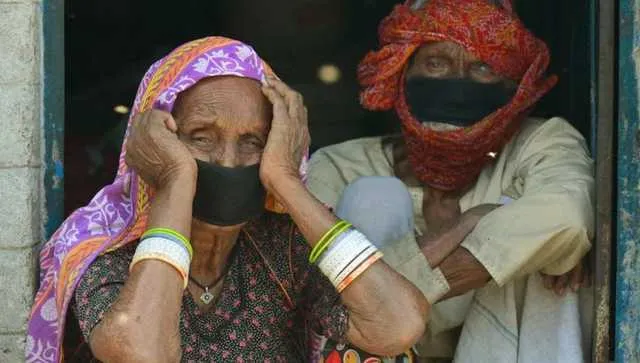Why India’s senior living concept has become more contemporary and viable post-COVID-19
India’s population of 1.3 billion is ageing faster than ever before. Between 2020 and 2050, the population of people aged 60 and up is expected to increase by 130 per cent, from 139 million to a staggering 320 million. The devastating toll the COVID-19 pandemic took on vulnerable older adults has spurred the quest for innovative models that give safe and acceptable housing options for this rapidly rising cohort. There is, therefore, a need for the growth of senior living as a separate asset class in India’s real estate market, comparable to co-working and co-living, which have been established as crucial asset classes in recent years. These communities need to be governed by the concepts of resilience, flexibility, and choice, the adoption of new and unorthodox models, and the goal of increasing market share for real estate developers.
Today, a senior citizen’s most defining characteristics are freedom and independence. The term “independent elderly” is new demography due to the rise of nuclear households, longer life expectancy, and geographically dispersed offspring. A senior living community is where seniors choose to reside, as opposed to an old-age home, which is their final resort when no one is available to meet their needs. The drivers in this segment now and in the future will be the following.
Flexibility planning: Engaging for the long-haul
Addressing pandemic-like emergencies in the future: COVID-19 struck congregate living residents particularly hard. However, it will not be the last pandemic with fatal consequences. Real estate developers have begun to respond to this need, either by developing independent senior housing projects or by constructing townships equipped with the required amenities for elderly people. To achieve better quality of life, more structured care programmes, targeted regulations, specialised medical services, senior-friendly architecture, and socioeconomic/financial interventions will be needed.
Climate change: Sustainable design concepts are gaining popularity as public awareness of the hazards of climate change grows. For new construction to be as effective as possible, planning for resilience that sets design goals and solutions should be built into capital budgets and implemented as soon as these projects start.
Recognising the diversity of senior living: The senior living market is not homogeneous. Residents come from a wide variety of backgrounds and have a multitude of interests and abilities. The housing models that take care of this target group need to consider cultural, income, generational, and lifestyle options. The objective is to suit individual needs, such as co-housing, centres for healthy living, intergenerational living options, and flexible apartments that can be arranged depending on the resident’s lifestyle and the requirements of today. In response, the amenities provided by builders include domestic services, recreational facilities, and community areas.
In some cases, these programmes include medical services like an ambulance, regular checkups, remote links to hospitals, and doctors and specialist on call 24 hours a day.
While the Draft National Policy for Senior Citizens 2020 emphasises the silver economy, robust changes are needed to overcome the existing gaps and provide tailor-made solutions and services to the elderly. As the policy at present targets the issues of only specific groups of seniors, it has to extend its scope to embrace even the medium and upper-income groups. For total gains for seniors, policy action is essential to take care of the industry as well as to ensure that a healthy market is promoted for sustainable elder care in the long run.
The southern cities of India are now in the lead, with 70 per cent of all senior living projects in India taking place there. Geographically, the majority of senior living projects in India are located in the southern cities of Bengaluru, Chennai, Goa, Kochi, and Coimbatore, followed by the western and northern regions. As senior living communities continue to grow in big cities and small towns all over the country, more services and amenities are likely to be added over the next few years.
In conclusion, the post-COVID-19 world of senior care marketing will differ significantly from earlier. Organisations that fail to understand this reality and adjust accordingly will undoubtedly fail. The new regulations will necessitate a substantially more robust marketing strategy for health care providers, prospective patients, residents, and their families. Prior to COVID-19, senior living marketing emphasised the aesthetic surroundings and lifestyle amenities of nursing homes and assisted living complexes. The aesthetics of a building, the flavour of the cuisine, the quality of the activities and entertainment, etc. are still significant. However, they will take a back seat to the more serious factors that homebuyers demand today.
The author is CEO and Director, Axis Ecorp. Views are personal.


